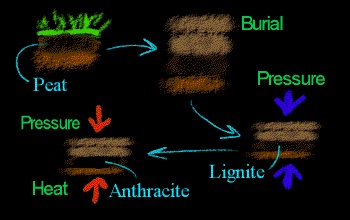All cladding leaks! I remember Joe Lstiburek’s “Flash for Cash” presentation well. Even all glass boxes leak at the seams! If 99% of caulk holds, you have 1% holes. Claude Shannon, the father of information theory applied redundancy to transmitting data packets without errors, similarly, adding redundant paths for water to leak to the outside and away from the building walls assures building structural integrity and avoidance of organic growth (the politically correct version of MOLD) colonies becoming established. Some even like to differentiate between mold and fungus. OSHA says:
“Molds are fungi that are found everywhere – both indoors and outdoors all year round. The terms fungi and mold are often used interchangeably, but mold is actually a type of fungi. Concern about indoor exposure to mold has increased along with public awareness that exposure to mold can cause a variety of adverse health effects. There are many thousands of species of mold and most if not all of the mold found indoors comes from outdoor sources. It seems likely to grow and become a problem only when there is water damage, high humidity, or dampness.
Molds produce and release millions of spores small enough to be air-, water-, or insect-borne. They can also produce toxic agents known as mycotoxins. Spores and mycotoxins can have negative effects on human health. For those people who are affected by mold exposures there can be a wide variation in how they react. People at greatest risk of health effects are individuals with allergies, asthma, sinusitis, or other respiratory conditions, as well as infants and children, elderly people, and pregnant women. In addition, individuals with a weakened immune system are at risk.*”
Redundant is as old as construction itself. If a roof of palm fronds is not thick enough, the successive layers will be insufficient to assure that drips will slide (kind of like the chutes and ladders game of childhood) down and sideways until eventually dripping off at the eaves outside of the building walls.
It is also critical, and Boy Scout tent pitching emphasized: to place your building (or tent) above the surrounding ground, sloping away on all sides. If you pitch your tent in a bowl, you will sleep in the soup if it rains.
Why is this mentioned at all?
Because everyone agrees that it is a good idea, and then proceeds to place the foundation too low for the surrounding terrain. And to make matters more confusing, they do it on steeply sloping ground. In the steep slope scenario, this can be a recipe for disaster, with rampant erosion and foundation walls becoming retaining walls without benefit of proper design.
And the things that can be done with a blank sheet of paper or a refined 3D CAD program! Imagine where the water goes when it rains on this bulding???

*https://www.osha.gov/SLTC/molds/









